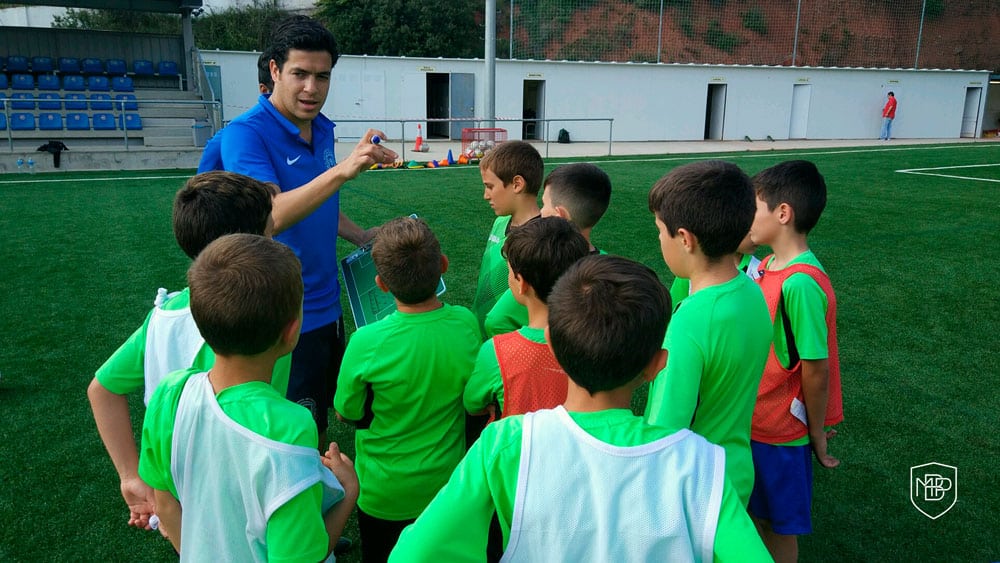The human being is considered as an organism made up of structures that interact dynamically with each other in order to evolve. A small change in any one of them will directly affect the rest.
As a consequence of this approach, the football player will also be made up of these said structures, which are directly related to each other and to the determining factors of performance in the sport.
Of all the structures, although they always operate together, the cognitive one predominates over the rest. For this reason, football is considered to be a sport with a cognitive structural preference, which is related to the tactical performance component.
WHY IS FOOTBALL CONSIDERED TO BE A SPORT OF TACTICAL PREFERENCE?
Football is directly connected to the information processing model, in which the perception and decision mechanisms are always active 100% of the time in the game. Even when the player is not in contact with the ball, which is more than 90% of the playing time.
If we refer to the 4 roles in football; attacker with the ball, attacker without the ball, defender of the attacker with the ball and defender of the attacker without the ball, we can see how the perception and decision-making mechanisms are always active.
In each of them, the player must identify the game situation, looking for those aspects of the game that allow him/her to act, in other words, to determine ‘what to do’ and ‘how to do it’, which leads him/her to make a decision prior to this execution.
On the other hand, if we look at the specific executing mechanisms, which refer to the technical performance factor within the coordinative structure, we can see how these are active in less than 10% of the game. In this case, only when the player is with the ball at their feet, a coordinative structure linked to the Specific Motor Skills (SMS). The rest of the time will be determined by the Basic Motor Skills (BMS) and conditional capacities (conditional structure).
This is the main reason why we understand that football is a sport of cognitive (tactical) orientation. If we train football players by stimulating the cognitive structure through a correct design and development of training sessions, we will optimise the most used mechanisms during the game, being those of perception and decision.
However, this does not mean that we neglect the specific and basic coordination of the players. It will be fundamental to develop the technique with the ball and its BMS so that the players can have the greatest possible control of their actions in the game.
In conclusion, as coaches, we must take into account the importance of the cognitive structure in the player in order to help them develop their understanding of the game, which in the future will be the most determining factor in the performance of these players. Consequently, we must encourage its development from the initiation stage to the high-performance stage.








